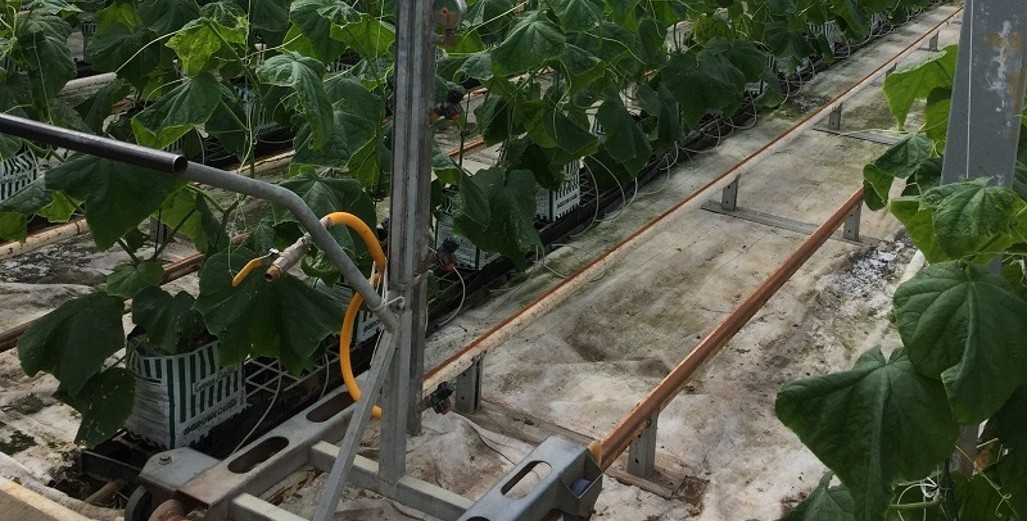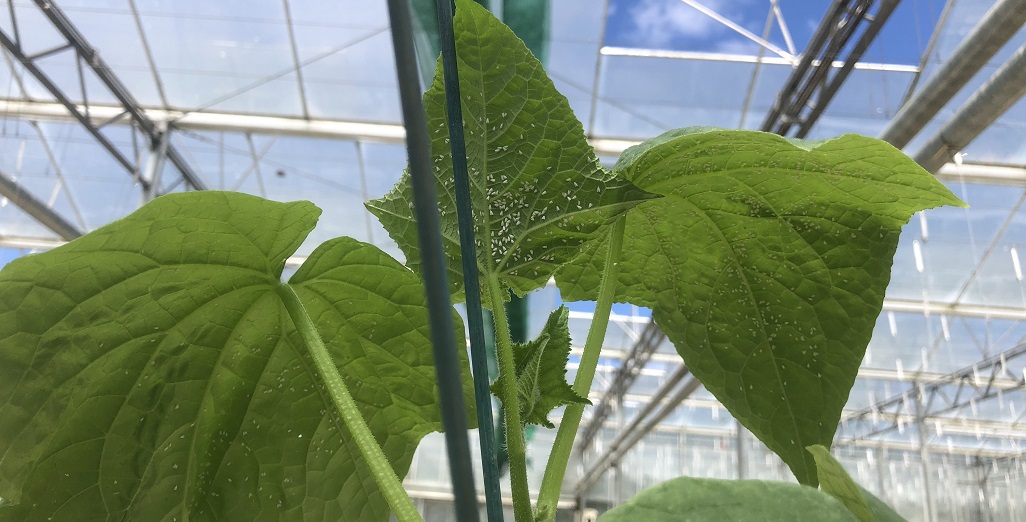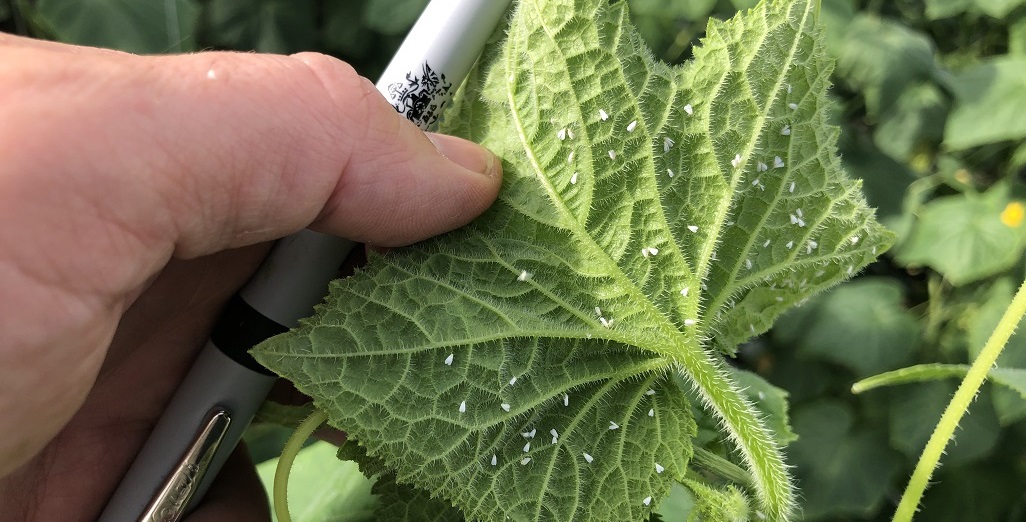Sign up here to subscribe to the Grower2grower Ezine. Every two weeks you will receive new articles, specific to the protected cropping industry, informing you of industry news and events straight to your inbox.
Aug 2019
The Target

Spraying equipment and application rates
Recently I visited a crop and wondered why the whitefly control programme was not as effective as I anticipated. The products and rates applied for the spraying were within the recommended supplier guidelines. The issue, in this instance, was not the products effectiveness but the targeted application of the products.
I was very lucky that I had a spray boom constructed and designed by my Dad. It was built so the nozzle angels could be interchanged easily and each individual nozzle could be turned on or off quickly and easily. The reason was simply to target a specific part of the plant and apply the product more effectively. This is not something new to most growers and therefore I possibly assumed it is common practice to have this type of equipment. The spray boom in question (recently) was targeting the entire crop with 16 nozzles, 8 left and 8 right staggered over an approx. 2.5 m boom. The only way to turn off a nozzle was to manually change the nozzle to a blank. This boom also had non-adjustable nozzles, pointing up at a 45-degree angle (this makes it impossible to spray stems or the base of the plant effectively as you can’t point the nozzles down).
All of this started me thinking about hole sizes, cone or fan nozzles, pressure and application rates per ha etc. It is very evident that there are different schools of thought on ‘best practice’.
What did I use: It was trial and error in the early days but I believed what worked best for our crop was a fan nozzle with a .3mm hole spraying with a standard bar pressure of four. On a full canopy crop my application rate was 2000-2200 litres per ha equivalent. Considering I hardly ever sprayed an adult crop top to tail, rarely this volume of water was applied. Water usage equivalent to a 100-meter row = 32.6 litres of volume to each row (16.3 L each side). This was walking at a decent Stefan pace! I had a 14-nozzle boom with 7 each side. On average I would operate with 8 to 10 nozzles (4-5 either side) open when spraying. If I was just targeting adult whitefly, I would have the top 6 (3 either side) on. Was my spraying practice perfect? No, but it was effective. Spraying success could be attributed to several variables including the leaf area you are covering and the leaf habit of the cultivar you choose to grow for example.
Many growers now have spray robots, this means the sprayer speed is extremely accurate but many growers still apply their sprays manually. However, even though some growers have spray robots there is no nozzle, (angle or hole size), distance between nozzles that is standard in the industry that every grower agrees is most suitable. The best volume application rates be per/ha depending on the amount of physical m2 crop is covered would be another variable.
Talking with a very large tomato grower this week, we agreed that whitefly, in particular, are becoming harder, season on season, to control. It has been the most destructive pest we have had to deal with, since I started growing, and is still a major problem. TPP did not do us any favours when it came along in the mid 2000’s. It meant we became too dependent on chemicals. Our magic bullet is now missing the target and we are almost back to the drawing board. For the sanity of growers (and advisors please) there could be more discussion and emphasis on accurately applying foliar sprays. It is just part of the solution but I believe very important we talk with each other to have an understanding of what is ‘best practice’.
If you would like to add to this article, I would be more than happy to receive your thoughts and theories from either growers or suppliers to the industry.
I appreciate your comments. Please feel free to comment on the grower2grower Facebook page:
https://www.facebook.com/StefanGrower2grower/
Article Written by Stefan Vogrincic, Consultant, Grower2Grower
Article Edited by Marie Vogrincic, Editor, Grower2Grower
CLASSIFIED
Subscribe to our E-Zine
More
From This Category

Starting on the back foot

(Best of 2023) RNA-based disease control in protected cropping environments. Anne Sawyer presents at the PCA Conference (Best new development PCA 2023)

(Best of 2023) Aphid infestation on cucumber crops

LimoMax, a new predator for insect control in greenhouses and outdoor crops.

Aphid infestation on cucumber crops

























